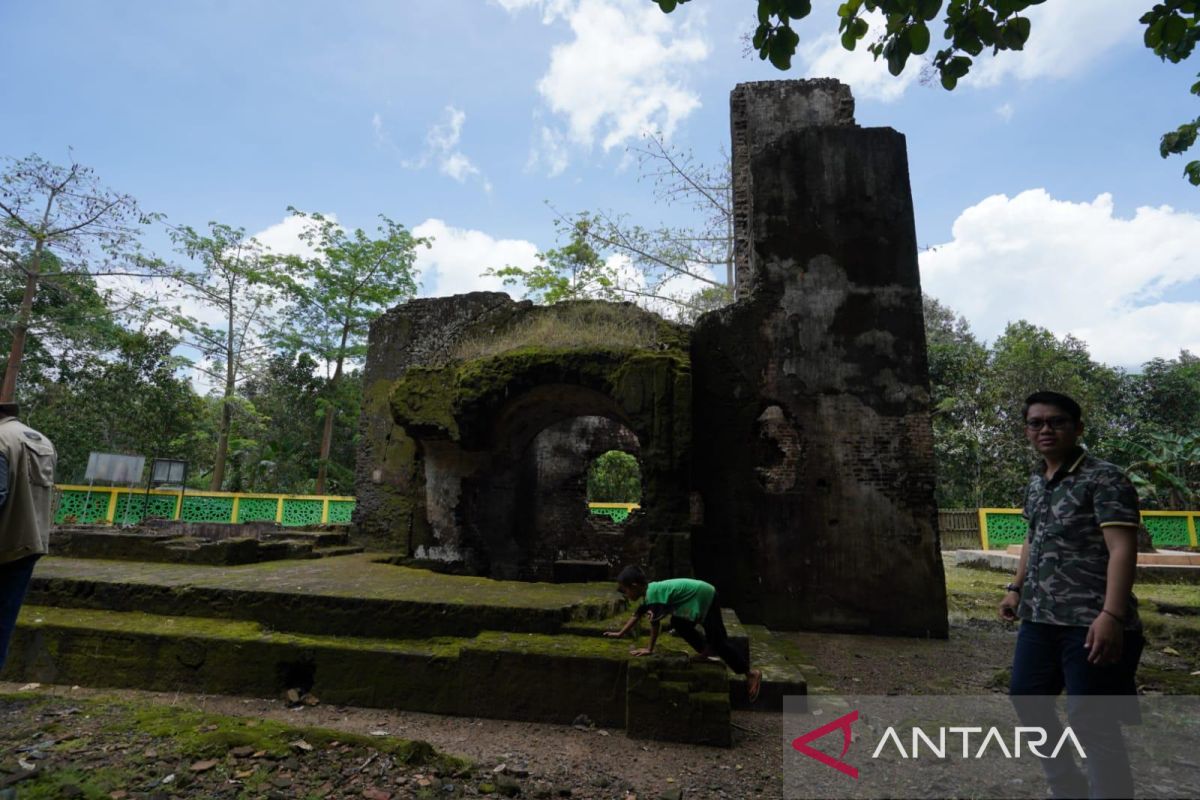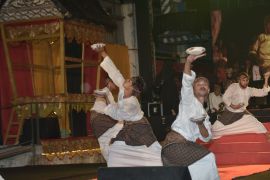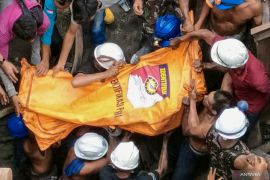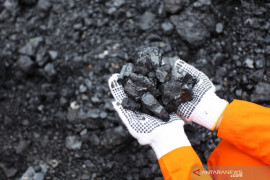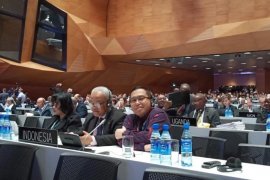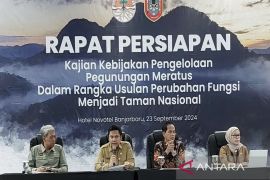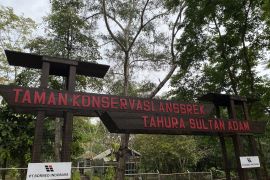The mine, which operated from 1848 to 1884 during the Dutch colonial era, has now become an archaeological site in the district.
"The plan is for visitors to visit this former coal mine and receive interesting information related to the geological process of coal formation," deputy chairperson of BP Geopark Meratus, Nurul Fajar Desira, informed in Pengaron, Banjar District, on Friday.
He made the statement while accompanying the secretary general of the Global Geopark Network (GGN), Guy Martini, to the former coal mine for a visit.
Martini, who is also the chairman of the UNESCO Global Geopark (UGGp) Council, is in South Kalimantan to review Meratus' readiness for UGGp status.
The Nassau Oranje mine stopped operating in 1859 during the Banjar War, and was afterward active again until 1884.
Based on data from the Archaeological Center of Banjar district, Oranje Nassau was the first coal mine in Indonesia.
The coal produced at the mine was sent to Batavia (now Jakarta), although the quality of the coal was not good.
Usually, the former mine is visited by local visitors on their way to another tourist site on the hill next to it.
"Visitors usually pass this site and then climb the hill and take selfies. Sometimes, there is also camping on the hill," a researcher from the Banjar Archeology Center, Ulse, said.
During his visit, Martini provided some suggestions for the development of the geosite to attract tourists.
"We can provide visitors with interesting information in simple language related to the geological process of coal formation," he said.
The authority must also educate local residents so that they can become tour guides.
Residents will become geopark partners and the quality of products sold to visitors will also be improved according to the standards set, he added.
Related news: Curiak Island special site within Meratus Geopark area: GGN
Related news: Saving Meratus Mountains with geopark concept
Reporter: Sri Haryati
Editor: Rahmad Nasution
Copyright © ANTARA 2022
